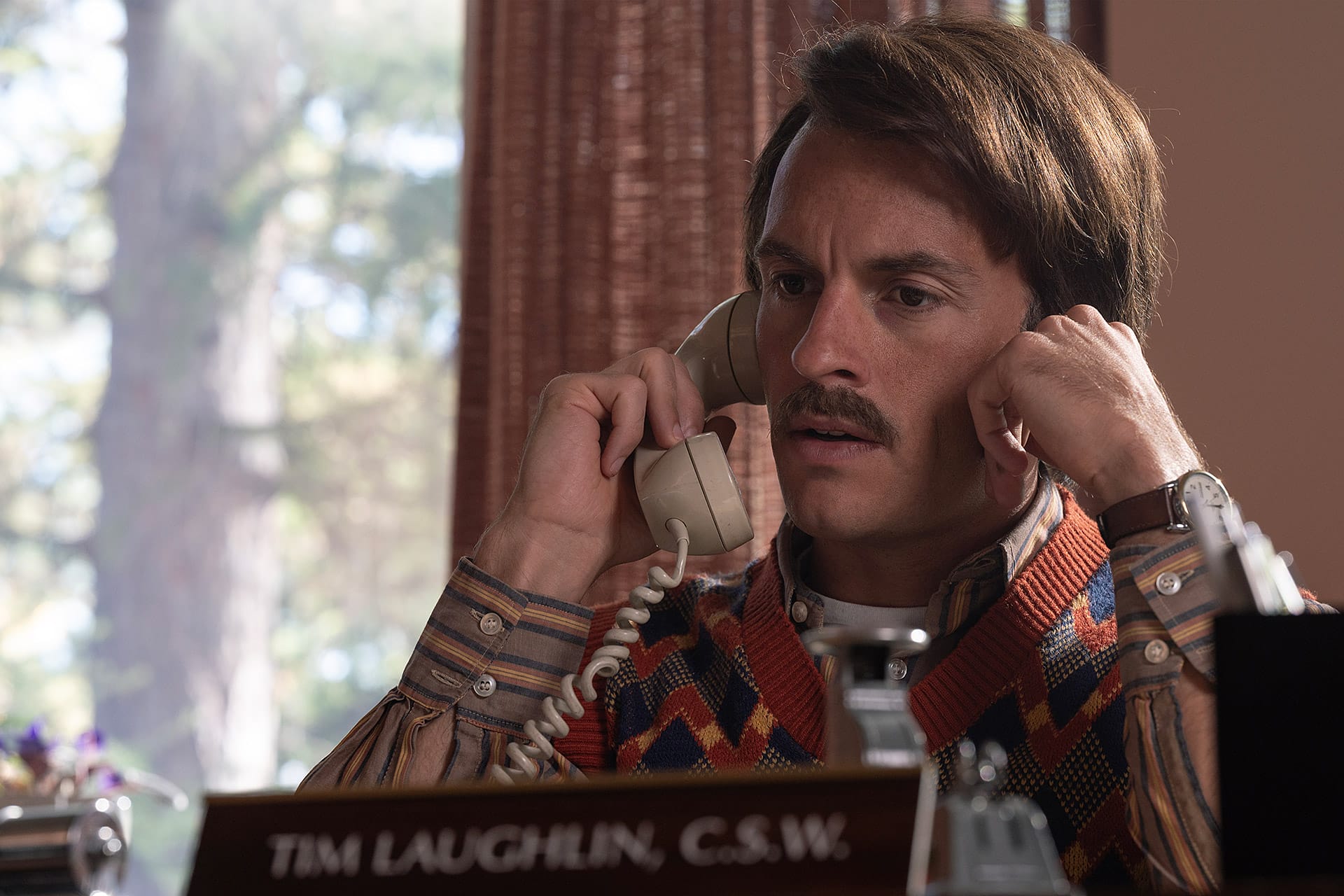Join GLAAD and take action for acceptance.
Trending
- Suni MF on Breaking Barriers in Hip-Hop and Winning Big at the BMI Awards
- GLAAD Amplifies Black Southern Queer Voices During LGBTQ Journalists Association Convention
- Queer Joy Shined at the 2025 MTV Video Music Awards
- WATCH: Dylan O’Brien and James Sweeney on ‘Twinless’ and Championing Original Queer Stories
- WATCH: Queer ‘Dancing with the Stars’ Cast Members Scott Hoying and Lauren Jauregui are Not Just Competing – They’re Changing Hearts and Minds
- How GLAAD is Combatting Censorship by Sending LGBTQ Books Straight to Capitol Hill
- TIFF’s 50th Film Festival Brings LGBTQ Stories to Screen & Talent to Toronto
- Bring Them Home: Deploying Our State National Guard for Political Purposes Endangers Public Safety
Where We Are on TV 2023-2024

GLAAD’s 2023 State of HIV Stigma study, conducted in partnership with Gilead Sciences, found that TV was the medium through which the most audiences saw stories of people living with HIV, with 30 percent of people surveyed reporting they had seen a character living with HIV on TV. Another key finding reveals that only 34 percent of Gen Z report that they are knowledgeable about HIV, compared to 62 percent of Gen X and 50 percent of millennials. Given that TV is the most effective tool to educate young people and introduce them to stories of people living with HIV, it is more important than ever to include these storylines on TV.
In 2022, GLAAD and Gilead Sciences used this report to call on networks and streamers to introduce three new characters living with HIV each year. Last year, that challenge was met, as the number of characters living with HIV jumped from two to eight. However, all nine of those characters were on limited or canceled series and none returned. This year, the networks and studios failed this challenge, as only one new character was introduced with HIV. Furthermore, that character is featured on a limited series, and is not set to return to screen next year.
The singular character living with HIV this year appears on Showtime’s limited series Fellow Travelers. The series documents a love story between two men, following their relationship over the course of three decades, from the ‘50s to the ‘80s. Tim, one of the lead roles, is diagnosed with HIV in the ‘80s, and eventually passes away. The series takes place among the world of politics and is very clear about the American government’s failure to address the AIDS crisis at the outset of the epidemic. Tim’s diagnosis and death spurs his former lover Hawk to be a voice for HIV legislation and finally be open about his own identity.
Though this show is a tender depiction of a love story, it is too often that representation of people living with HIV only revolve around white gay men in the past. GLAAD urges further series to introduce people living with HIV in the modern age, people of color, especially within the Black LGBTQ community, Black cis and trans women, and youth. It is imperative that studios are showcasing communities that are highly impacted by HIV. Not just in the past, but also featuring new storylines that speak to the holistic experience of people living with HIV.

“Growing up, I used to see commercials, interviews, and storylines on TV about HIV. These campaigns were highly impactful in not only raising awareness, but also increasing the visibility and education around HIV. This is how an entire generation, most who are now adults, became knowledgeable about HIV, as described in GLAAD’s annual State of HIV Stigma report. The networks that prioritize HIV storylines, will be the leaders of the pack. Now, more than ever, as these storylines go missing, we need network leadership and executives to pledge their commitment to inclusive, equitable storytelling that provides authentic representation, not only for people living with HIV and LGBTQ people of color, but for people from all marginalized backgrounds and identities.”
—DaShawn Usher, Senior Director, Communities of Color and Media, GLAAD
Table of Contents
Share this
View Past Years’ Reports
MEASURE THE MOVEMENT
Your gift allows us to track the impact of our work, helping us better understand the state of acceptance and address the gaps with advocacy — like pushing for more trans representation in movies.
More Publications from GLAAD
Spirit Day was created to stand against bullying and to show support for LGBT youth. Whether you are a teacher in middle school, high school or college, or your children are in school, here are some ways that you can get your friends, family, and community, involved in Spirit Day. Be a part of the change and go purple for Spirit Day!
The GLAAD Studio Responsibility Index (SRI) maps the quantity, quality and diversity of lesbian, gay, bisexual and transgender (LGBT) people in films released by seven major motion picture studios during the 2013 calendar year. GLAAD researched films released by 20th Century Fox, Lionsgate, Paramount Pictures, Sony Columbia, Universal Pictures, The Walt Disney Studios and Warner Brothers. The report is intended to serve as a road map toward increasing fair, accurate and inclusive LGBT film representations.
The Where We Are on TV report analyzes the diversity of primetime scripted series regulars…
The Network Responsibility Index rates LGBT content on networks during the 2012-2013 TV season that wrapped earlier this year.












